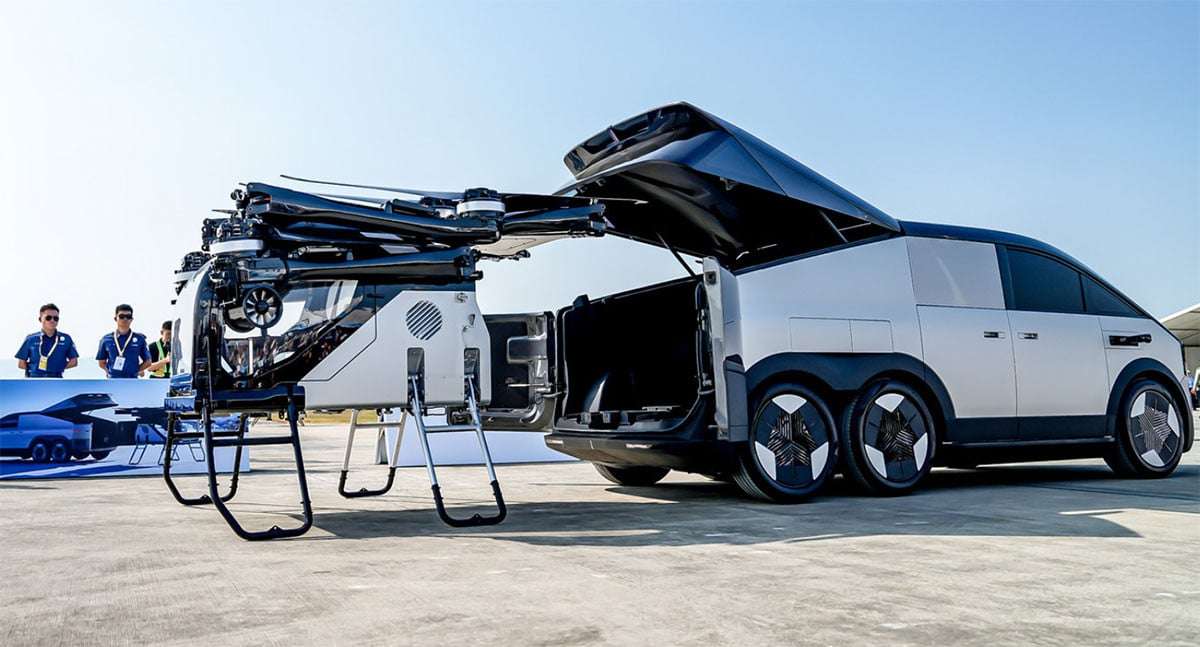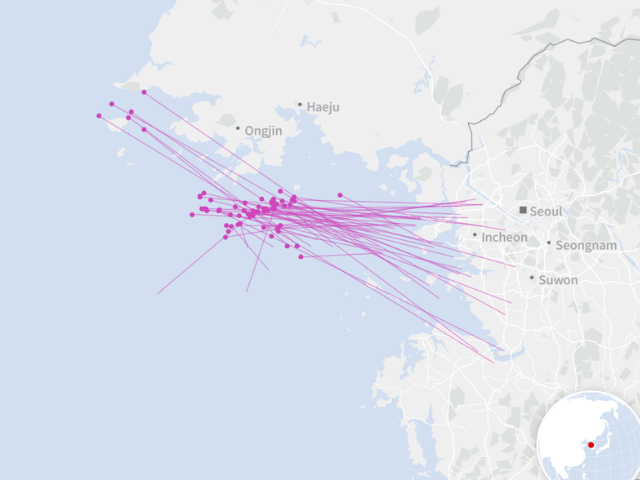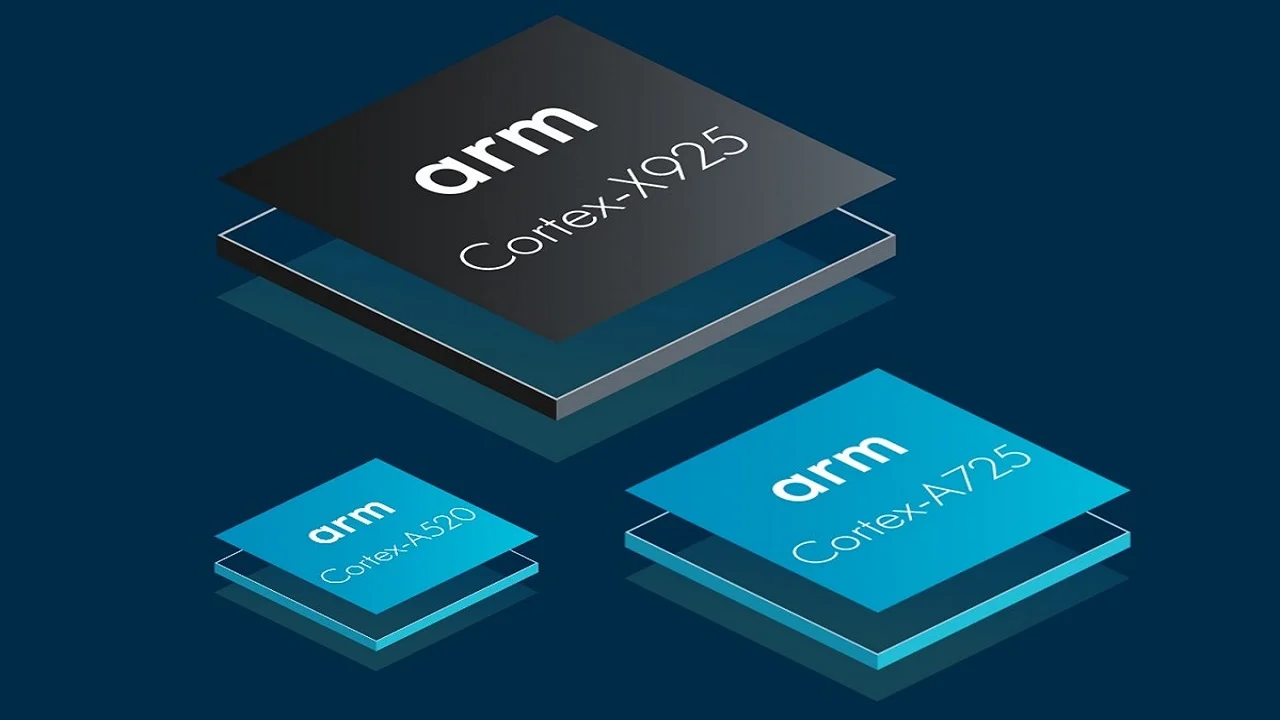Introduction: Revolutionizing the Future of Transportation
Xpeng Aeroht, the flying car division of the electric vehicle giant Xpeng, has made a groundbreaking announcement at the 15th China International Aviation and Aerospace Exhibition (Airshow China) in Zhuhai. The company revealed that it has secured an impressive 2008 pre-orders for its modular flying car, the “Land Aircraft Carrier.” This announcement is a significant milestone in the development of flying vehicles, marking one of the largest pre-order hauls in the history of the flying car industry.
What Makes Xpeng Aeroht’s Flying Car a Game-Changer?
The “Land Aircraft Carrier” is not just any flying car; it represents the future of transportation. Combining advanced technology and innovative design, this modular flying car is set to revolutionize how we think about mobility in urban and rural areas alike. By offering both vertical takeoff and landing (VTOL) capabilities, the vehicle will allow for easy transition between the ground and the air. This makes it ideal for navigating congested urban environments, opening up new possibilities for travel.
Pre-Orders and Market Demand
Xpeng Aeroht’s announcement of securing 2008 pre-orders from 12 customers across different sectors, including transportation, tourism, real estate, and technology, marks a significant leap forward for the flying car industry. This massive order comes as a result of the company’s innovative technology and the growing demand for futuristic transport solutions.
The demand has been robust, with customers eager to invest in a vehicle that can seamlessly blend terrestrial and aerial travel. These pre-orders are a clear indicator that the public is ready for the future of transportation. Companies from diverse industries see the potential in adopting such flying vehicles for a wide range of applications, from passenger transport to real estate developments and tourism ventures.
Sector-Wide Interest: Transportation, Tourism, Real Estate, and Technology
The diverse sectors placing orders for the “Land Aircraft Carrier” underline the versatile application of flying vehicles in the coming decades. In the transportation sector, companies are looking to integrate VTOL technology into urban air mobility systems to reduce congestion and provide faster, more efficient travel.
In tourism, the ability to offer aerial tours and transportation can transform the industry, providing tourists with a novel and thrilling way to experience destinations. Real estate companies, on the other hand, are considering the potential for aerial transport systems to connect remote locations or underserved areas with urban centers. The technology also holds appeal for tech companies looking to be at the forefront of the future of mobility.
The World’s First Public Flight: A Historic Moment
One of the most exciting aspects of the Airshow China was the public demonstration of the flying car. Xpeng Aeroht showcased the world’s first public flight of its modular flying car, an achievement that brought a sense of reality to what was once thought of as science fiction. The flight demonstrated the car’s VTOL capabilities and its ability to maneuver in mid-air, offering a glimpse into the future of personal aviation.
The successful flight was a testament to the progress Xpeng Aeroht has made in its mission to bring flying cars to the masses. As the company moves closer to mass production, these public demonstrations will play a crucial role in building consumer confidence and excitement around the product.
Key Features of Xpeng Aeroht’s Flying Car
The flying car, dubbed the “Land Aircraft Carrier,” is not just a single vehicle but a modular system that includes both the flying car and a parent vehicle capable of recharging it. This innovative design is aimed at providing maximum convenience and flexibility for users, ensuring that the car is always ready to take off, even in areas without charging infrastructure.
The vehicle is designed to be user-friendly, with intuitive controls that allow passengers to operate the vehicle safely. It is also equipped with a range of safety features, including advanced sensors and AI-driven systems that ensure smooth operation even in challenging environments.
A Modular Flying Car: A Leap into the Future of Mobility
The modular design of Xpeng Aeroht’s flying car allows it to be easily adapted for various uses, whether for personal transportation or as part of a larger transportation network. The flying car will be able to accommodate different passenger capacities, making it a flexible solution for various industries.
With the inclusion of a parent vehicle capable of recharging the flying car, Xpeng Aeroht is solving one of the most significant hurdles in the development of flying cars: ensuring that these vehicles are always ready to fly. This parent vehicle can be stationed in locations where the flying car is used frequently, providing a steady supply of power for continued operations.
The Road to Mass Production: A Timeline for 2026
While the concept of flying cars may seem futuristic, Xpeng Aeroht is already working towards bringing this vision to reality. The company plans to begin pre-sales for the “Land Aircraft Carrier” by the end of 2024, with mass production set to begin in 2026. This timeline shows the company’s commitment to delivering a reliable, high-performance vehicle within the next few years.
With a price tag of under 2 million yuan ($277,390), the “Land Aircraft Carrier” is positioned to be an affordable option for high-end consumers and businesses looking to invest in the future of transportation. The pricing strategy reflects the company’s ambition to make flying cars more accessible as they enter the mainstream market.
Xpeng Aeroht’s Manufacturing Base in Guangzhou
To meet the demand for its flying cars, Xpeng Aeroht is investing heavily in its manufacturing infrastructure. The company is currently building a state-of-the-art manufacturing base in Guangzhou, China, which will have the capacity to produce up to 10,000 units annually. This facility will play a crucial role in scaling up production and ensuring that the flying cars are delivered on time.
ALSO READ:
The Role of Xpeng’s Parent Company in the Development of Flying Cars
Founded in 2013, Xpeng Aeroht is majority-owned by Xpeng, a leading Chinese electric vehicle manufacturer. Xpeng’s expertise in electric vehicles has played a pivotal role in the development of the flying car, allowing Xpeng Aeroht to leverage cutting-edge EV technology in its flying vehicle designs. Xpeng Aeroht’s flying car is powered by electric motors, which align with the global trend towards sustainable, eco-friendly transportation solutions.
As part of its strategy to accelerate the development of flying cars, Xpeng Aeroht has also partnered with various technology and aerospace companies. These partnerships are helping to refine the design and capabilities of the flying car, ensuring that it meets the highest standards of safety and performance.
Looking Ahead: The Future of Flying Cars
The pre-orders and successful flight demonstration at Airshow China signal a new era for personal and commercial transportation. Xpeng Aeroht is not only creating a product that will revolutionize how people travel but is also setting the stage for the growth of urban air mobility as a whole.
With an increasing number of customers showing interest in flying vehicles, Xpeng Aeroht is well-positioned to become a leader in the flying car industry. The company’s innovative approach to modular vehicles and its emphasis on sustainability will likely pave the way for future developments in this sector.
FAQs
- When will Xpeng Aeroht’s flying car be available for purchase? Xpeng Aeroht plans to begin pre-sales by the end of 2024, with mass production and deliveries scheduled for 2026.
- How much will the flying car cost? The flying car, the “Land Aircraft Carrier,” will be priced under 2 million yuan ($277,390).
- What makes the “Land Aircraft Carrier” unique? The “Land Aircraft Carrier” is a modular flying car with VTOL capabilities, designed for both personal and commercial use. It also includes a parent vehicle capable of recharging the flying car.
- Where is Xpeng Aeroht’s manufacturing facility located? Xpeng Aeroht is building a manufacturing base in Guangzhou, China, which will have the capacity to produce 10,000 units annually.
- What sectors are showing interest in Xpeng Aeroht’s flying car? Pre-orders for the flying car have been placed by companies in the transportation, tourism, real estate, and technology sectors.



